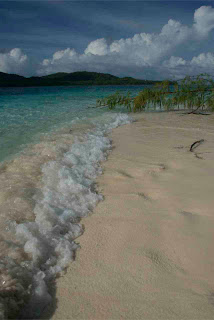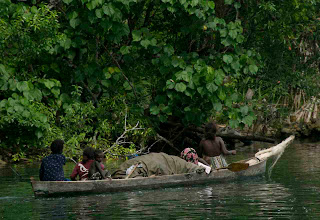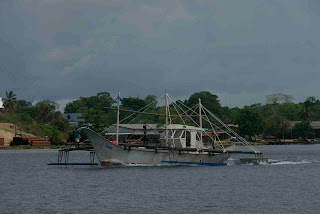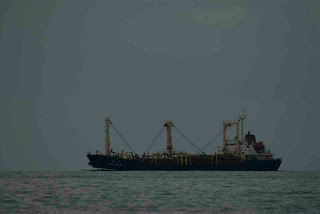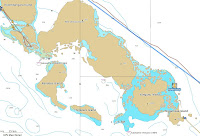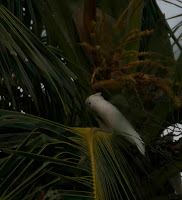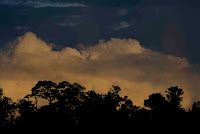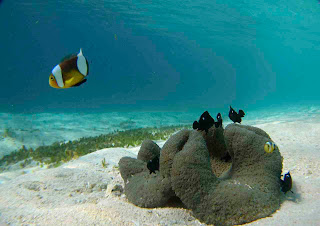
Tavanipupu Anchorage, 15 m, sand
S9º 49.690 E160º 51.184
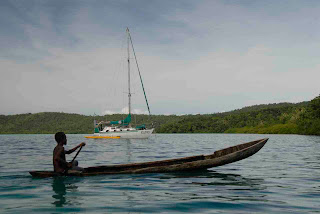
Guadalcanal has more possible anchorages than one would first expect at first glance, and all are better than Honiara! 60 miles East of the capital, in Marau sound, a number of small islands bordered by extensive fringing reefs provide shelter and nice sandy patches for yachts to stop. The resort of Tavanipupu island, which always was famous within the yachties community is soon to be re opened by it’s new owner Pamela Kimberly who recently bought the island (watch www.tavanipupu.com, I designed this start of a website and detailed pages are soon to come). As anywhere in the Solomons, transport is a challenge and it takes 2-3 hours and 100 liters of fuel to get to and from Tavanipupu in a fast boat (twin 115s) so Pamela is currently negociating with Solomon Airlines to re open air transport to the Marau airfield and will be looking at chartering the plane to get customers in. She’s also just acquired a very fast fuel efficient and clean boat to wiz to and from the resort.
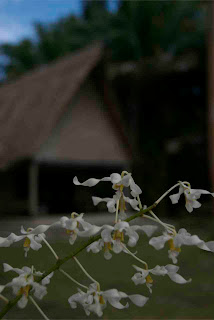
An old friend from a few years ago, Pamela welcomed the KUNA to park next to Tavanipupu Island in a tiny little sandy horseshoe lagoon to the south of it. The lagoon is not very vented as it is protected from all directions and there is a bit of traffic from the village on the island to the South but all up pretty safe, people and weather wise. Stern anchor desirable as swinging room is limited and there is a fair bit of current through the lagoon. More information about good yachting practices with the resort will be also posted on www.tavanipupu.com.
Marau sound has a fine network of reefs and plenty of anchorages East, good for light SE trades. Watch the squalls!
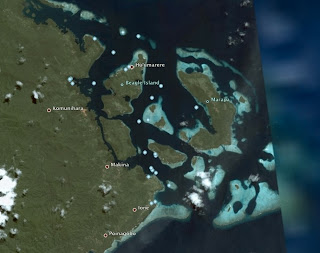
Tavanipupu is highlighted here
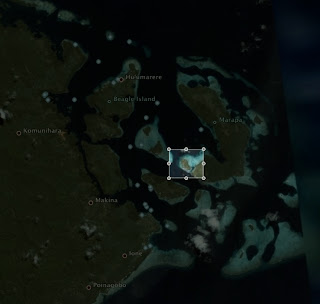
map showing the path to Tavanipupu lagoon
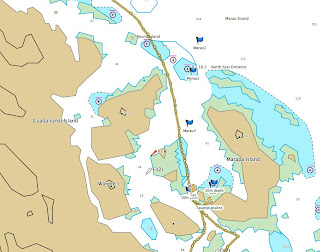
details of the anchorage (more waypoints to be added later!)
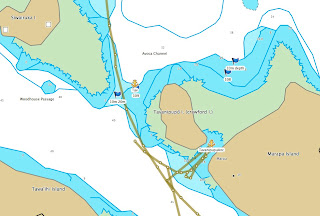
The resort was the only one of many on Guadalcanal, which was not burnt and destroyed during the tensions, in spite of being located right in an area reputed for its extreme violence and fights. One of the previous owners, Dennis, had to barricade himself once or twice, but he had gained enough respect from the locals to remain safe-…ish.
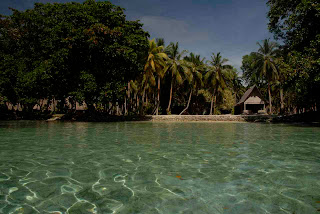
The sturdy buildings were designed by Dennis Bellote, while his partner Keith, trained the chefs, who I must say, provide the best of restaurant meals on Guadalcanal and even know how to make chocolate profiteroles!! More details can be found on www.tavanipupu.com
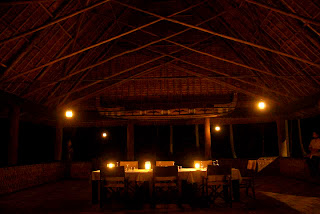
The sumptuous dinner settings of tavanipupu
Wouldn’t such good food make you want to sail 60, well even 200 miles ? Sailing certainly, but unfortunately, the KUNA made it there after 14 hours of tedious motor-sailing right into the easterlies trades. Despite travelling at night to benefit from calm seas, there was enough of a breeze for her to slow down and katabatics strong enough to be sailed lasted for one hour! The Kuna was heavy too: a cargo load of booze (yes!!) and electric fans were delivered to the resort in due time the next morning!!!!
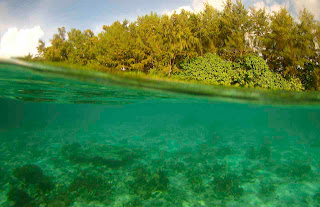
The marine environment around Tavanipupu island and other islands in Marau sound is very different form that of the Western province: these islands are small sandy mounts rather than uplifted coral platforms and are surrounded by seagrass beds.I can't upload all pics from here today, sorry!
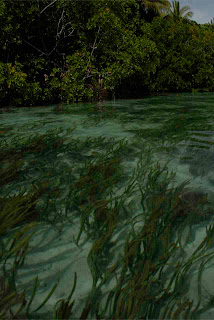
Because of the current, the visibility can be average but there were a lot of new creatures to eyeball whilst snorkelling such as pipefishes, etc
